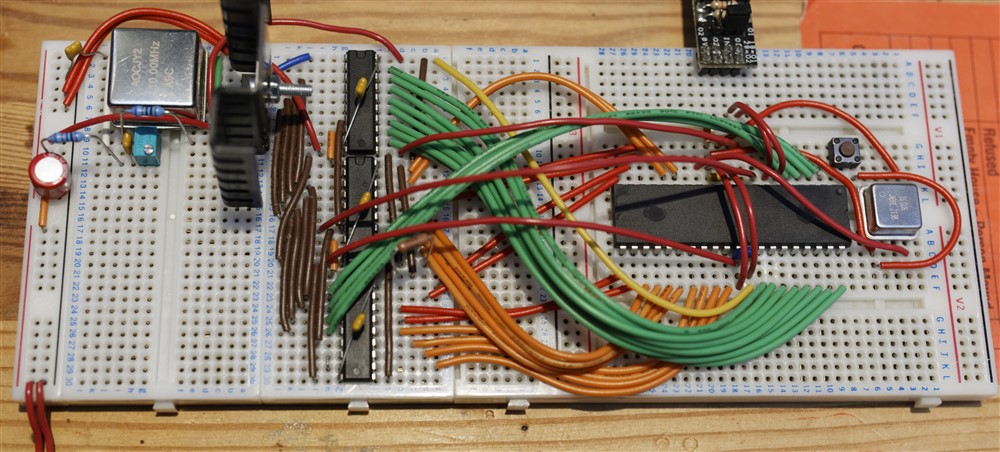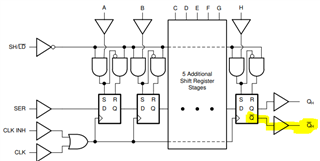Other Parts Discussed in Thread: SN74HC590A, CD74HC4017
At the moment I'm using 3 of these devices to get a 64 bit counter where device 1 counter A rolls over to device 2 counter A then to device 3 counter A then B leaving 2 16 bit counters unused because if one device is configured as a 32 bit counter it cant be rolled over to another so I'm wondering if there's a cleaner way of achieving a 64 bit counter since there are no 64 bit counters I can find that will work at 10MHz.
Here is a picture of my project:





